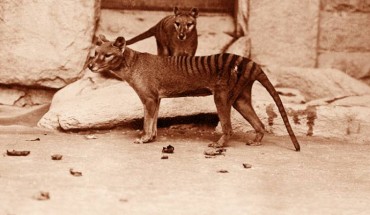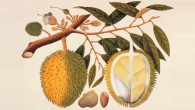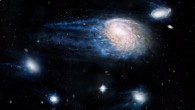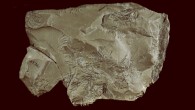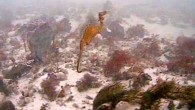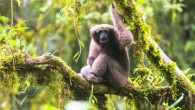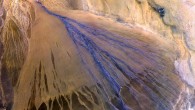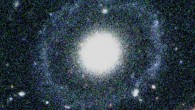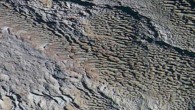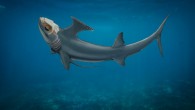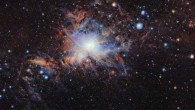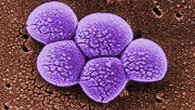A duo of researchers from the United States and Australia has used an imaging technique to reconstruct the brain architecture and neural networks of the thylacine (Thylacinus cynocephalus), the most iconic animal of Tasmania. A pair of thylacines, a male and female, c. 1905. Image credit: Smithsonian Institutional Archives / E. J. Keller, National Zoological Park. The thylacine, also known as the Tasmanian tiger or the marsupial wolf, was a carnivorous...

